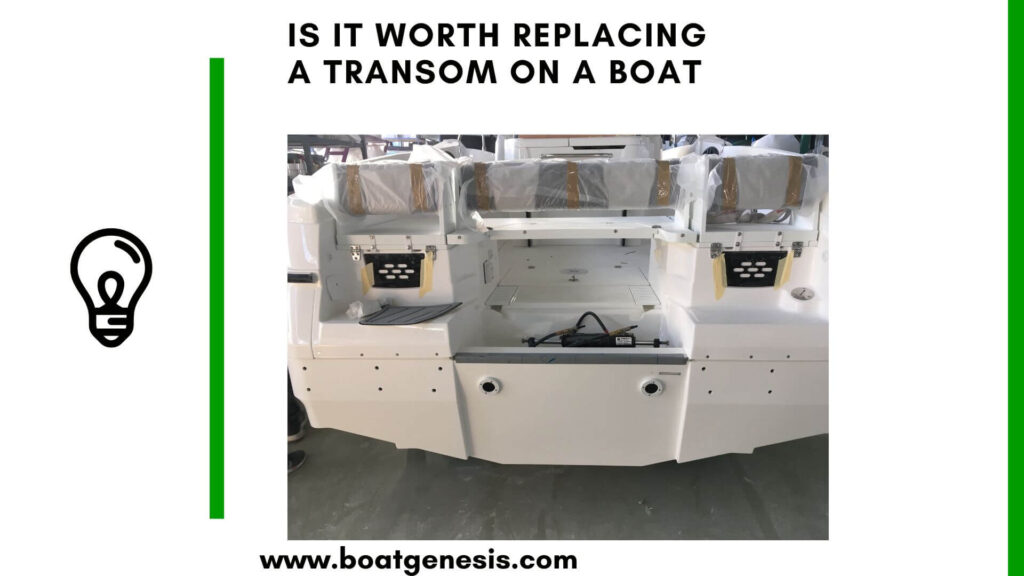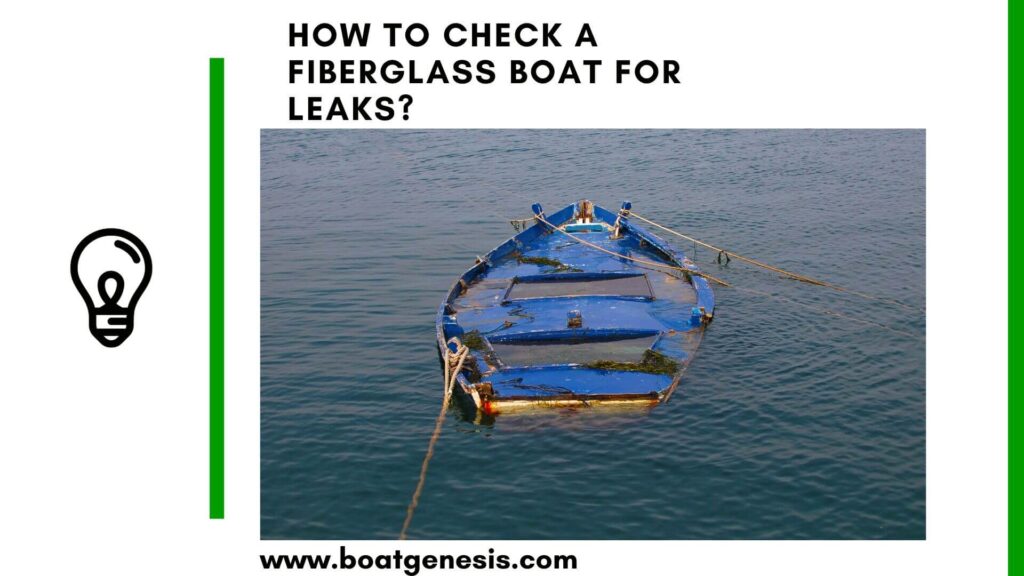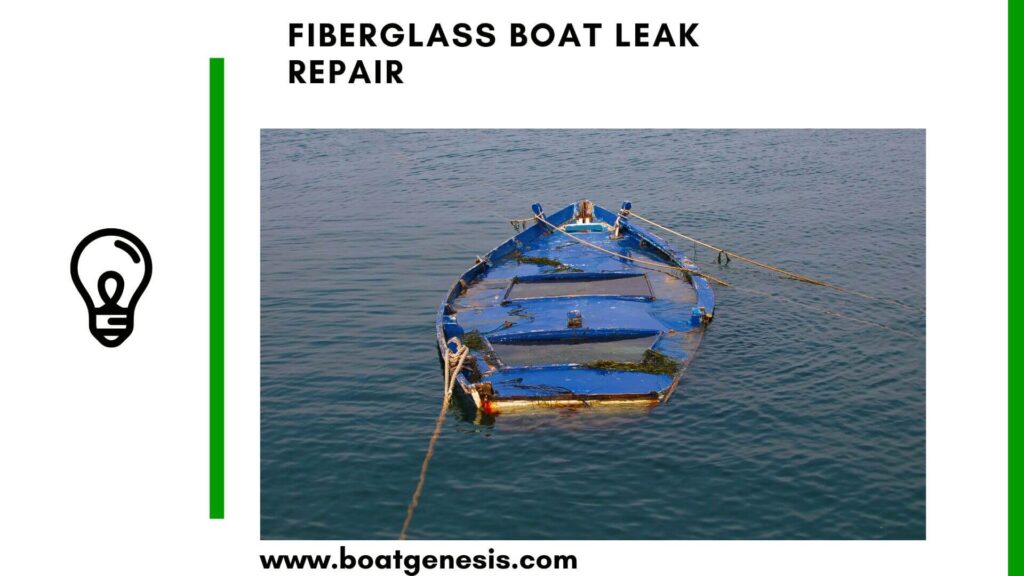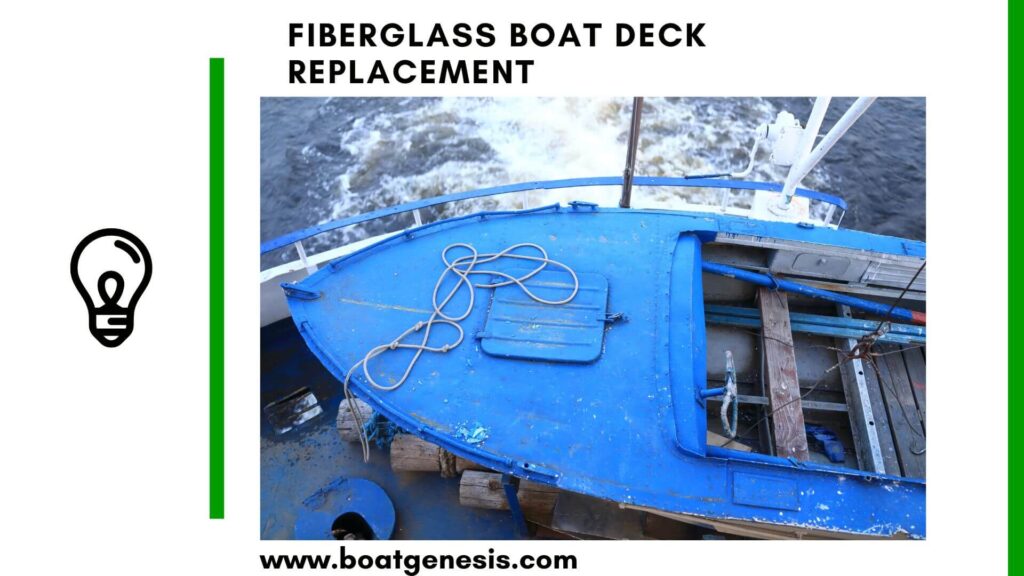It’s a question many boat owners ask themselves at some point – should I replace my boat’s transom? The short answer is yes, replacing an ageing or damaged transom is usually worth the investment to extend the life and improve the performance of your boat.
In this post, we’ll look at the signs you need a new transom, the costs involved, and why a replacement is ultimately worthwhile for continued performance and safety.
What Is a Transom?
The transom is a flat stern board perpendicularly attached to the back of your boat, essentially closing off and strengthening the stern. It supports equipment like engines or motors while also blocking water from entering the inner hull.
Transoms are commonly made of marine grade plywood sealed with fiberglass resin.
Signs You Should Replace Your Transom
1. Rotting or Waterlogging
Over time, water can saturate into the wood causing dry rot or delamination between layers. Check for mushy spots or flaking, which indicate deterioration. If water has penetrated the layers, replacement is necessary.
==>> Check out how to check a fiberglass boat for leaks here.
2. Cracking or Splits
Cracks that run along the length of the transom suggest the integrity is failing. As they widen, the structural stability declines and the ability to bear weight diminishes, meaning an increased risk of catastrophic failure.
3. Engine Vibration
If you notice new vibration running through the hull or at higher RPMs, it likely indicates the transom is no longer adequately secured or has weakened over time. This makes handling difficult and components prone to shake loose.
Costs of Replacement
While not inexpensive, replacing your transom costs far less than a total repower. Expect to invest $1000-3000 for materials and skilled labor. This ensures another decade or more of reliable service.
Why It’s Worthwhile
1. Safety & Reliability
An unstable transom puts you, passengers, and marine components in harm’s way. Replace yours to confidently power on in varying marine conditions without fear of breakage or water intrusions.
2. Increased Value
A sturdy, undamaged transom reassures buyers you’ve cared for the boat. It becomes an attractive selling point that can recoup some of your refurbishment costs.
3. Avoid Bigger Problems
Putting off early signs of transom trouble leads to expansive damage to stringers and flooring – exponentially increasing costs.
Pre-emptive replacement prevents water damage or system issues down the road.
Replacing your boat’s transom is a significant investment, but necessary for any boat owner seeking extended performance and reliability.
At the first signs of trouble, consider taking on the project armed with an understanding of why it’s a wise long-term choice.
==>> Also read: How to replace a transom on a fiberglass boat?
Getting a Professional Transom Replacement Pays Off
While savvy DIYers can replace their own transom, complex custom sizing and extensive structural refitting makes hiring a professional marine service facility the best option in most cases.
Specialized technicians have the skills and tools to remove the old transom, source marine-grade plywood to precise hull measurements, fiberglass or wood reinforce the replacement, and reinstall accessories to optimal specifications.
Investing in pro transom replacement services protects boaters from improperly fitted transoms that eventually fail.
Certified technicians also stand behind their replacement work while most DIY jobs carry no warranty protection.
Despite the higher upfront cost, a new transom done right by the pros lasts for many more years of smooth and safe boating ahead.

Founder of BoatGenesis, Warren has hands-on experience in fiberglass boat repairs, marine equipment testing, and powerboat building. Learn more about Warren.




